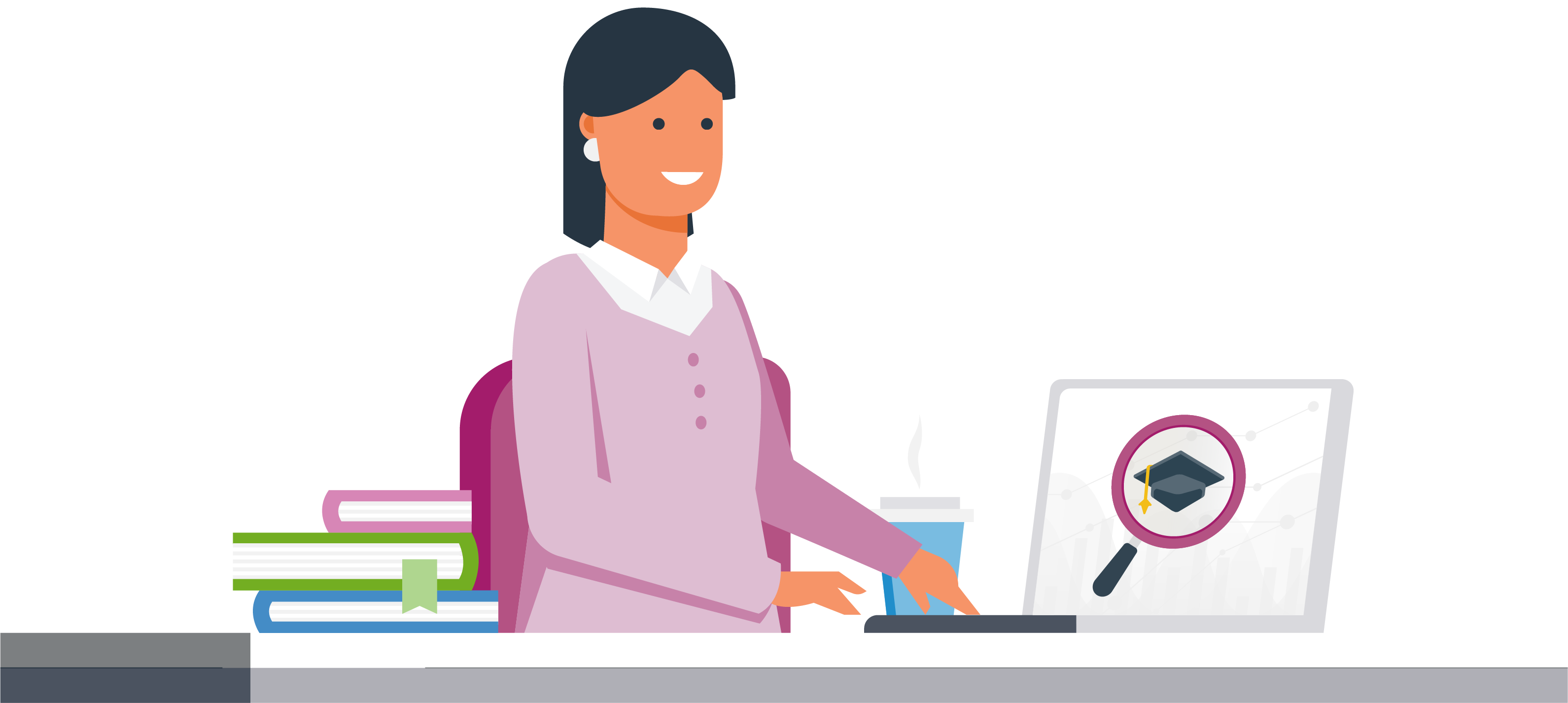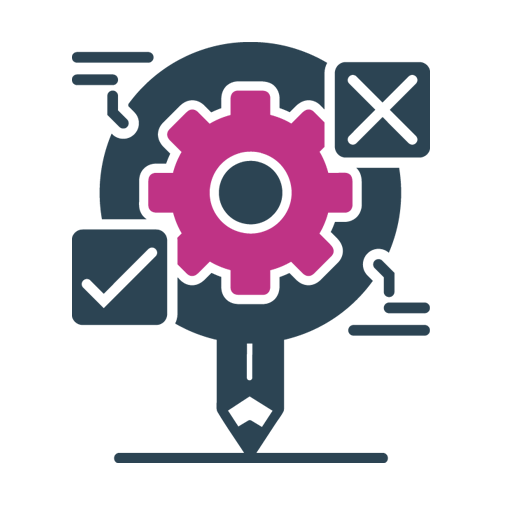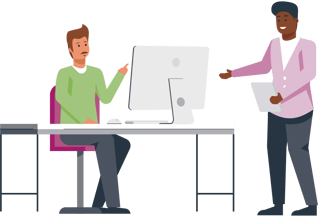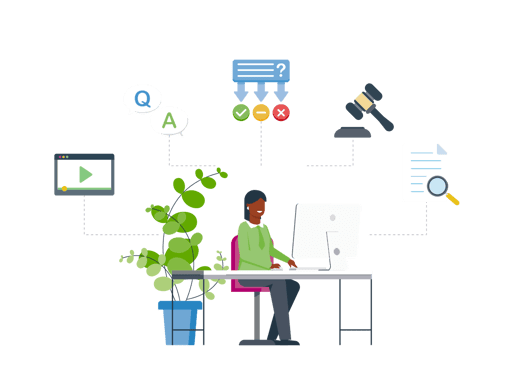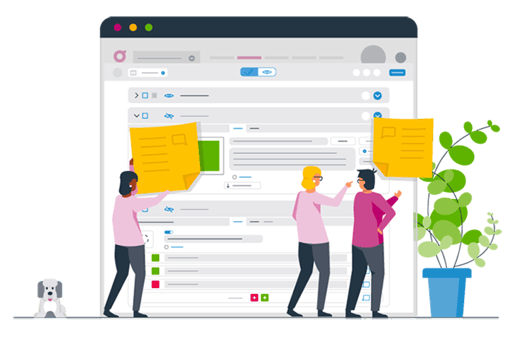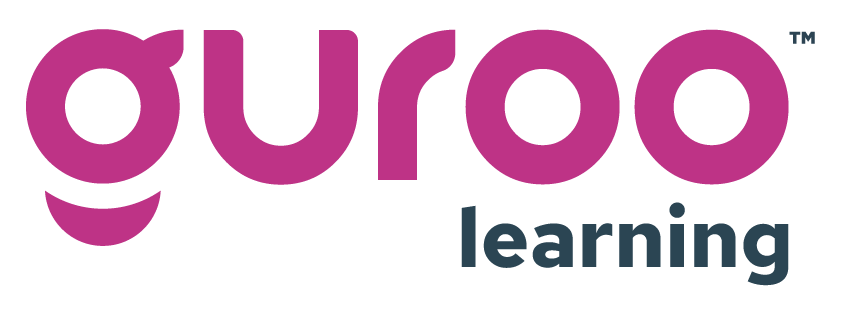
-
Academy
-
Academy
Find out moreA next generation learning platform that extends learning into workplace outcomes
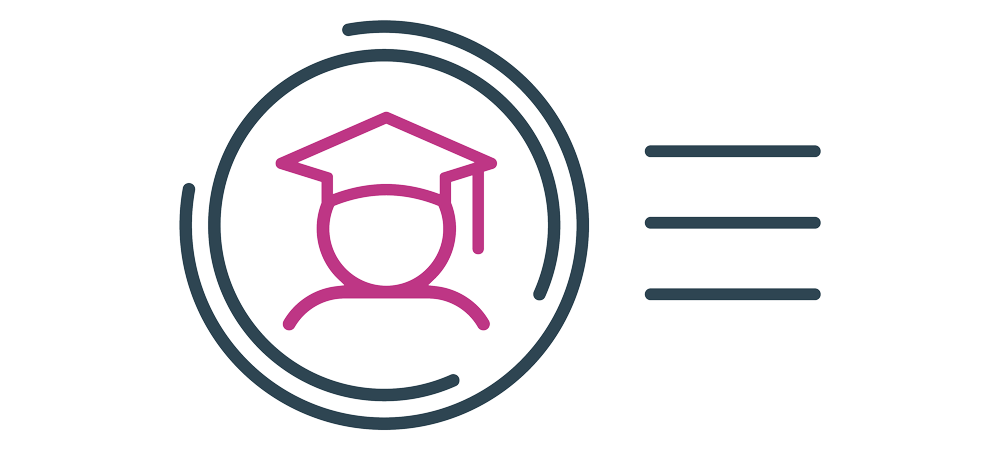
-
Overview
Find out moreUnlock the power of learning with learner centred programs
-
Upskilling Journeys
Find out moreSupport upskilling from the frontline to the boardroom
-
For Educators
Find out moreDeliver learning that drives real change
-
Plans and Pricing
See available plansFlexible plans and options to suite your organisation
-
-
Studio
-
Accelerate your learning design with Guroo Studio
Find out moreExpert learning designers ready to help with every stage of your learning development
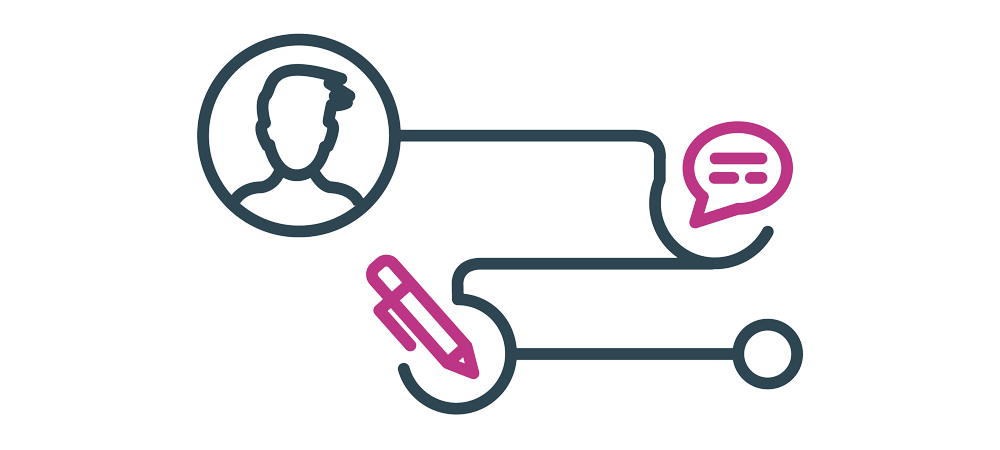
-
Learning Design
Find out moreSee how our expert designers can help your next learning project.
-
Animation
Find out moreEngage and inform your learners with custom animation.
-
Video
Find out moreCommunicate clearly and make complex ideas simple with professional video.
-
Learning-as-a-Service
Find out morePackage together the right mix of software, learning design, and ongoing support
- Thinking about reinventing your learning? Get in touch today.
-
-
Solutions
-
Learning solutions for the future of work
Find out moreAdvice and guidance to help you make the most of workplace learning
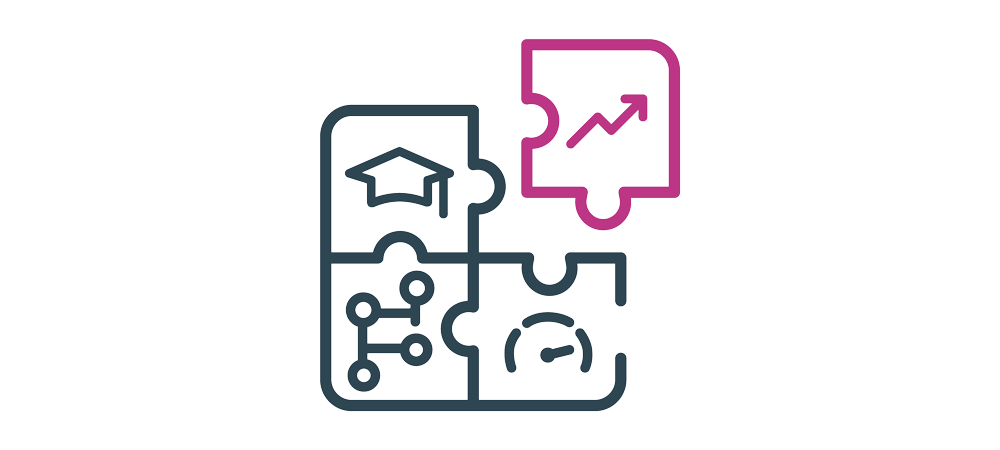
-
Learning Library
Find out morePre-built module to help you accelerate your learning.
-
Corporate L&D
Find out moreCreate learning that delivers real business results.
-
Higher Education
Find out moreLearning programs that increase student engagement online.
-
Health and Care
Find out moreDrive better outcomes through Learning and Development.
-
Micro-credentials
Find out moreUpskill and reskill with high impact micro-credential programs.
- Thinking about reinventing your learning? Get in touch today.
-
-
Ideas & Tools
-
A fresh perspective on learning
Find out moreIdeas, tools and resources to support and inspire your next learning program
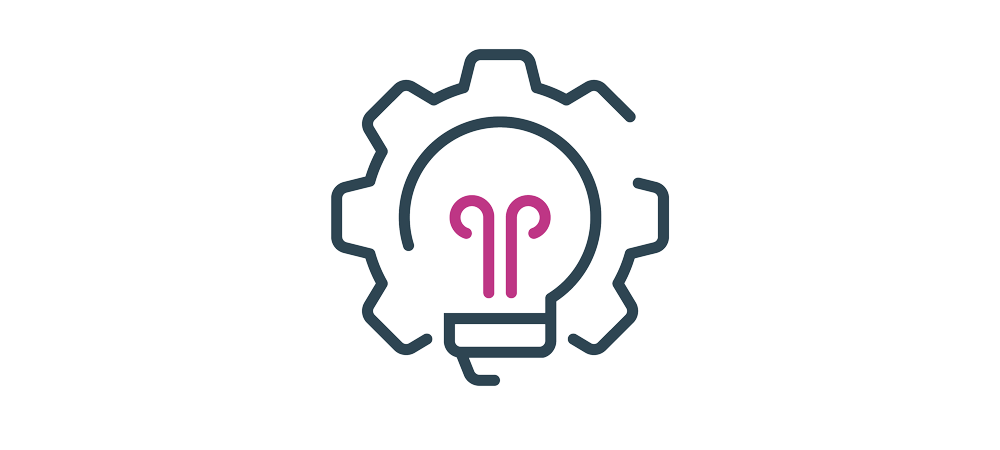
-
Guroo Blog
Find out moreAdvice, ideas and discussion from our team of learning experts.
-
Customer Stories
Find out moreSee how we have delivered results for our customers.
-
Learning Guides
-
Resources and tools
- Thinking about reinventing your learning? Get in touch today.
-
-
About Us
-
Get to know Guroo Learning
Find out moreHelping organisations and people reach their full potential through learning
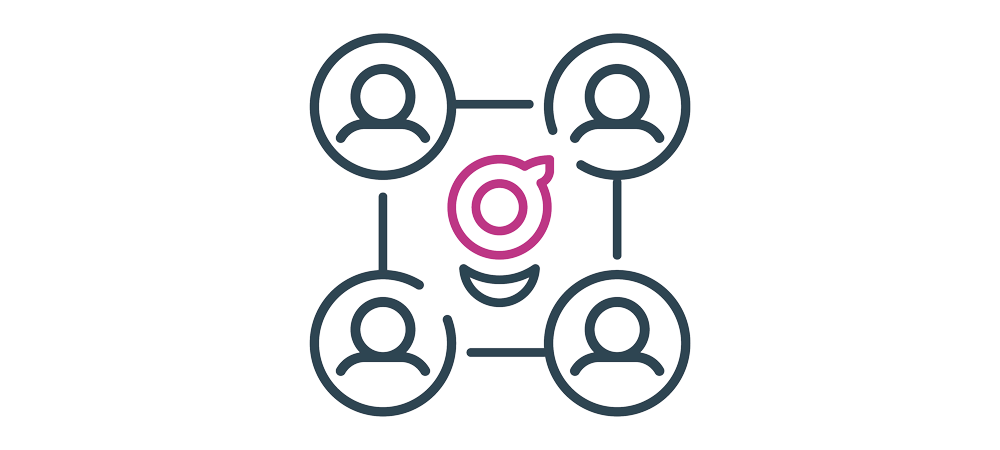
-
About Us
Find out moreSee how Guroo Producer are reinventing learning at work.
-
Contact Us
Get in touchGet in touch to discuss how we can help you with your learning needs.
-
Meet the Team
Find out moreMeet Guroo Learning's team of learning experts
-
Guroo Graduate Program
Find out moreBe part of the next generation of expert learning designers.
- Thinking about reinventing your learning? Get in touch today.
-

